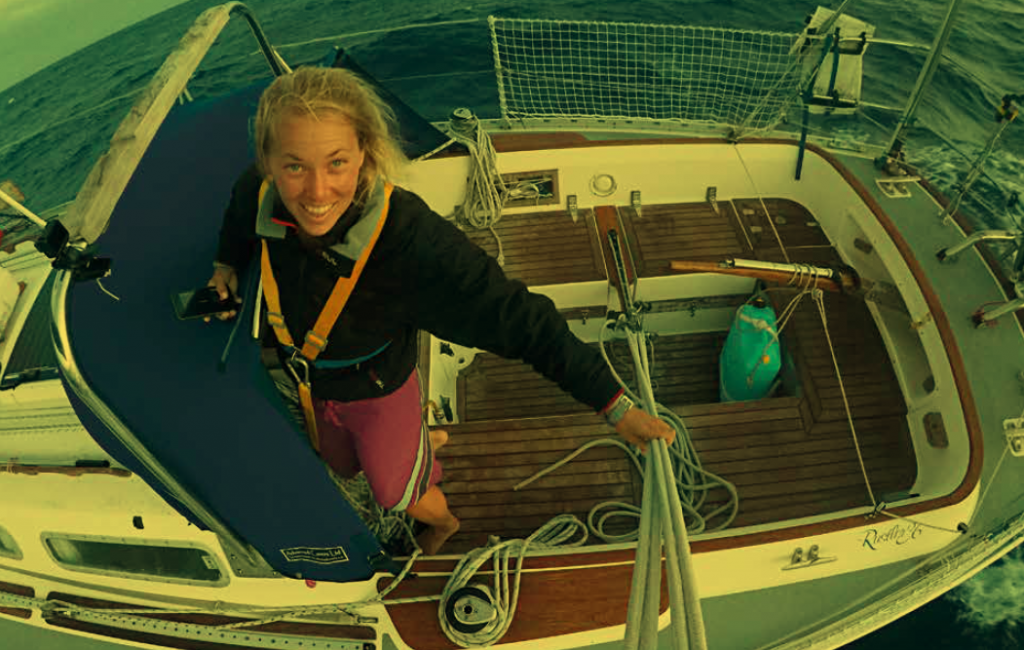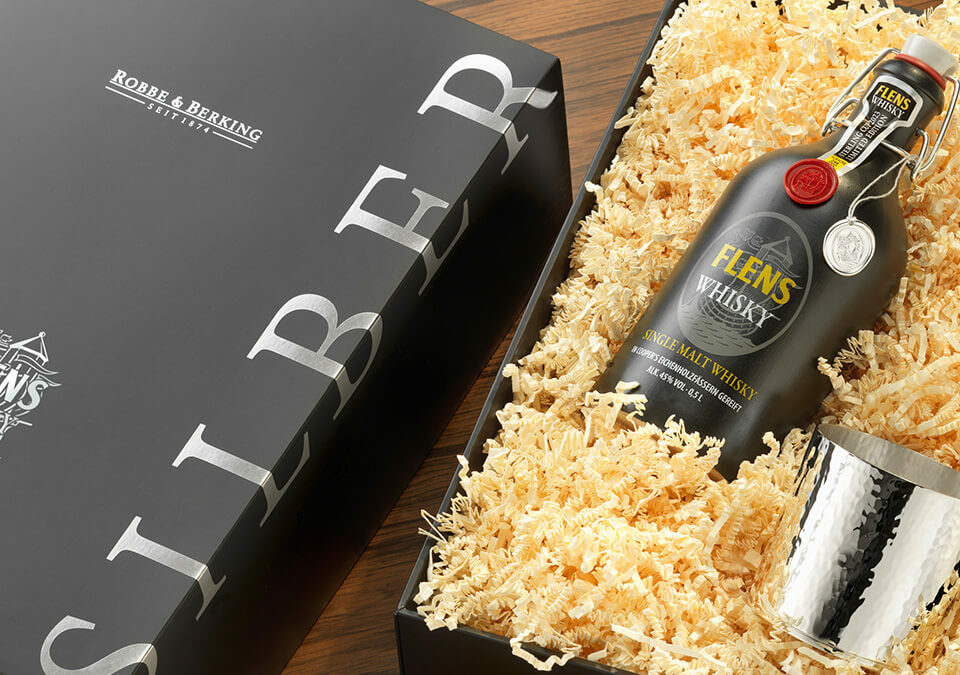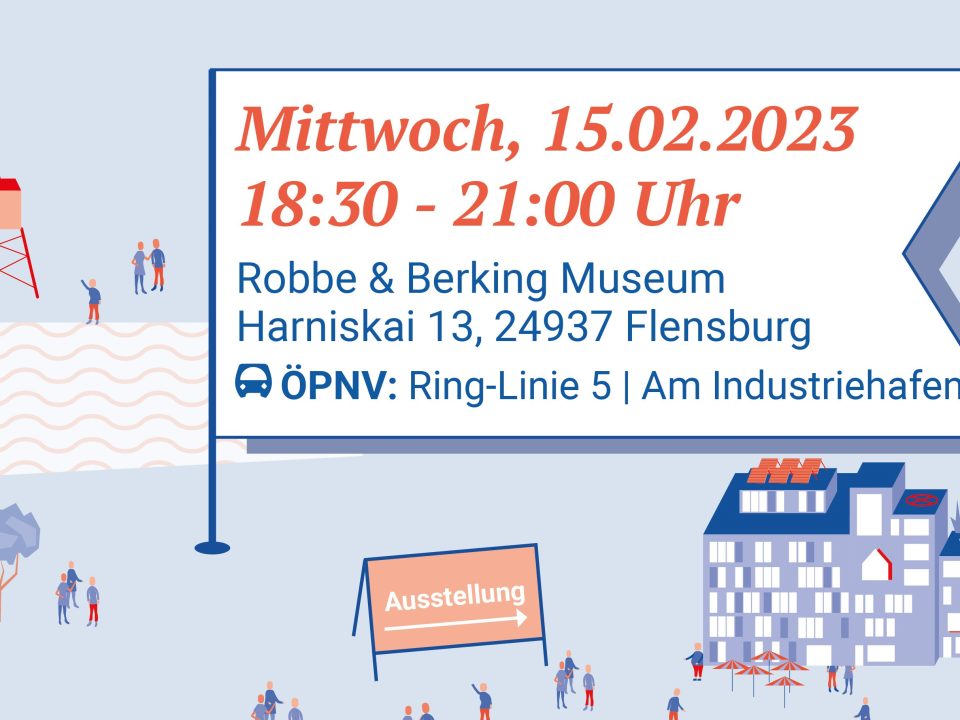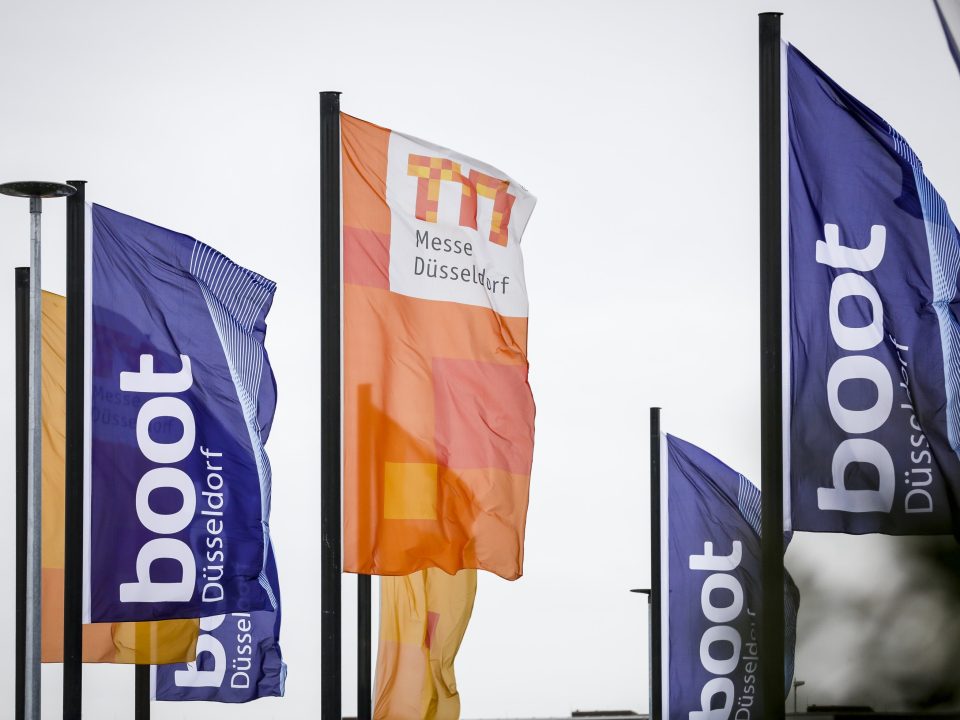
When the »Sunday Times Golden Globe Race« started in 1968 Susie Goodall, 28, was not even born, not by a long way. Despite this, the young woman is passionate about the re-make of this historic race and is about to sail around alone, non-stop, without any outside assistance. Just like the sailors then, even with equipment that dates back half a century. Detlef Jens spoke with her in an attempt to find out why.
Sailing is her life, it has been ever since she was three years old. At 28 Susie Goodall is the youngest and only female participant in an epic race that will start in 2018 for the second time after exactly 50 years, on July 1st in the French port of Les Sables d’Olonne. It is simply once around the world, alone and non-stop. This is still a gigantic challenge for every sailor, and perhaps not really sensational anymore today. But this time it will be different: Retro. Rough. Raw. And: Romantic. In any case, without the velvet packaging of modern technology, without which sailors, male or female, nowadays generally do not venture out to sea, let alone around the world. In, by today’s standards, small boats of traditional design, so rather heavy and not very fast cruising yachts. Without navigation via GPS or chart-plotter, without radar and satellite phone and AIS, without electric winches on deck and below deck entertainment systems and whatever else of this kind. Slow sailing, in more than one sense.
It all began in 1968. Two years earlier in 1966, Francis Chichester had set off for his circumnavigation of the world: in only 229 days of pure sailing time, he rounded the globe sailing solo with his Gipsy Moth V, with a stopover in Sydney. The then 28-year-old naval officer Robin Knox-Johnston realized quite rightly that there was only one way he could beat this performance: a circumnavigation, alone and non-stop. Chichester was also famous for his extensive coverage in the Sunday paper, the Sunday Times. Now the newspaper enthusiastically embraced the idea of a solo nonstop circumnavigation, but added an extra dimension and made it into a race. They also offered 5,000 pounds of prize money which, at the time, was a substantial amount and immediately quite a few sailors began to plan for the crazy enterprise. Such an undertaking, sailing alone and without help in a small yacht around the world, was in its enormity equal to a journey to the moon – in fact, Apollo 11 did not land on the moon until 1969.
The rest is history. Nine sailors started, only one managed to finish: Robin Knox-Johnston became the first human who at least »officially« sailed alone and non-stop around the planet. His closest competitor, the Frenchman Bernard Moitessier, did not sail to the finish line, but instead sailed one and a half times around the world, from Cape Horn straight on to the South Sea, once more around the Cape of Good Hope until he finally arrived in Tahiti where he dropped his anchor. »Because I’m happy at sea. And perhaps also to save my soul,« this he announced to an astonished world in a message that he shot onto the bridge of a passing freighter with a catapult. Years later, Moitessier joked about himself and said to James Wharram, another pioneer of high seas sailing, »The thought that President de Gaulle would have kissed me after the victory made me sick. I just had to continue sailing!« Now the new edition starts, 50 years later. Half a century in which the world, including the world of sailing, has changed fundamentally. The single-handed round the world race »Vendée Globe« takes place every four years, where professionals sail at breathtaking speeds in stateof- the-art boats with high-tech equipment. Alone and non-stop around the world. Every year, hundreds of »normal« sailors cruise around the world, with satellite navigation, the internet and all imaginable comfort on board. But the announcement to do it again just like then, to sail around the world under the same difficult conditions, aroused great interest. Why did this hit such a sensitive nerve in an age when everything has become so easy?

has become so easy? The young sailor Susie Goodall says: »I’m kind of a millennium child and missed this kind of adventure. I’ve always wanted to sail around the world and I love the simplicity. Slow, in really solid, ocean-worthy boats and above all without much technology. Sailing is my life, the sea is my home, here I feel totally at home. I know it’s a kind of a fatal attraction, the sea can be so cruel and brutal, but still I keep coming back and wanting more. You are as close to nature here as you can possibly be and that’s what I love.« For her this also includes the way they have to navigate this time: »To sail around the world without a GPS is simply a fantastic feeling! I have already done a lot of astronomical navigation, finding your position by the use of the stars is fascinating and wonderful. As everywhere in sailing, there is still much to learn and improve and this also applies to my astronomical navigation, but I’ve sailed 8,000 nautical miles in the Atlantic in my boat and always found the right islands!« Is there anything that scares her about this adventure? »Well yes, everything that is out of my control. Mother Nature can be very cruel, but there are also a large number of objects floating around in the oceans that do not belong there and that you cannot see, but you can hit them. There is also so much more shipping traffic today, that worries me, but I cannot change that. And the weather is changing. Heavy storms have just become more common. And it keeps on getting worse.«
The boat she has though is certainly up to the challenge. »Yes. I wanted to have a Rustler 36 because in boat size that’s at the top end of the scale of what’s allowed for the race. There is a little more living space, storage space and so on. As I said, I have already sailed a full trip around the Atlantic and therefore I know this boat quite well. Now it has been completely overhauled again and also modified in many places. The mast has now been pushed through the deck and keel mounted and not, as in the original version of this boat, simply mounted on deck. I laminated the windows shut and replaced them with very small, strong portholes. New bulkheads have been installed, the old ones strengthened, the entire electrical system renewed, the standing rigging renewed. There are an infinite number of jobs that had to be done and also still need to be done on the boat.« That sounds like a full-time job, the race determines her life over a longer period of time. How can she manage this? »Well in the end I will have been preparing myself for three years and only then will I start the race itself – that would of course not be possible without the help and support of my family and friends, but also not without my sponsor DHL. Although this is a race that you have to sail alone, you could hardly manage to get to the start all on your own.« So the race itself has changed when compared to the original? »For sure. Back then it was simply: sail alone around the world and do not stop. That’s it. Today there are many rules and it is also not as accessible to everyone as it was then. Most participants now had to buy a boat for the race, because only certain types are allowed. At that time, Robin Knox-Johnston and the others just took the yacht they already had. It’s a different race now but I see it as a tribute to the original.« Of course, such a campaign is not cheap. »No, you have to work on it for three or four years and have an income. Add to that the purchase of the boat, plus food and spare parts, that’s a huge chunk of money. I had to look for a sponsor for it. You could also do it cheaply, maybe buy yourself a Nicholson 32 for about 20,000 euros, but then you have to invest at least 50,000 again in the yacht and then all sorts of other expenses pop up, all in all you will then end up with 150,000 to 200,000 euros and that would be a very tight budget.« What else has changed? »The ocean itself! It is heartbreakingly sad and tragic to see all the garbage in the ocean. When I sailed from Antigua back to the Azores, I saw more trash on the way than any form of animal life. It’s so much worse than we can imagine on land because we do not see it from here. It is indescribable, thousands of nautical miles off the land and you only see garbage! But what else is left for us if we no longer have healthy oceans?« Susie, and not just she, of course, would be homeless.
Sailing, she says, is her life: »That’s what I do!« Before embarking on this adventure, she worked as a sailing instructor (as a 17-year-old) and crew on various ships and yachts.
She liked it best on board of an expedition sailing vessel, with which she went to Spitzbergen, Greenland, Iceland. The ocean, that’s for sure, is close to her heart. But what could come after a race like the Golden Globe? Susie laughs: »It’s clear. The same. Just faster!« So could she imagine participating in the Vendée Globe Challenge? »Yes,« she says, »I could do that. If I ever get the chance …« Until then, she will not be sailing around the world quite that fast. She expects to spend about eight months sailing solo, alone at sea, for the Golden Globe. A long time, but still faster than the original voyage of Robin Knox-Johnston who took 312 days for his solo circumnavigation.
//
This article appeared in GOOSE No. 27



